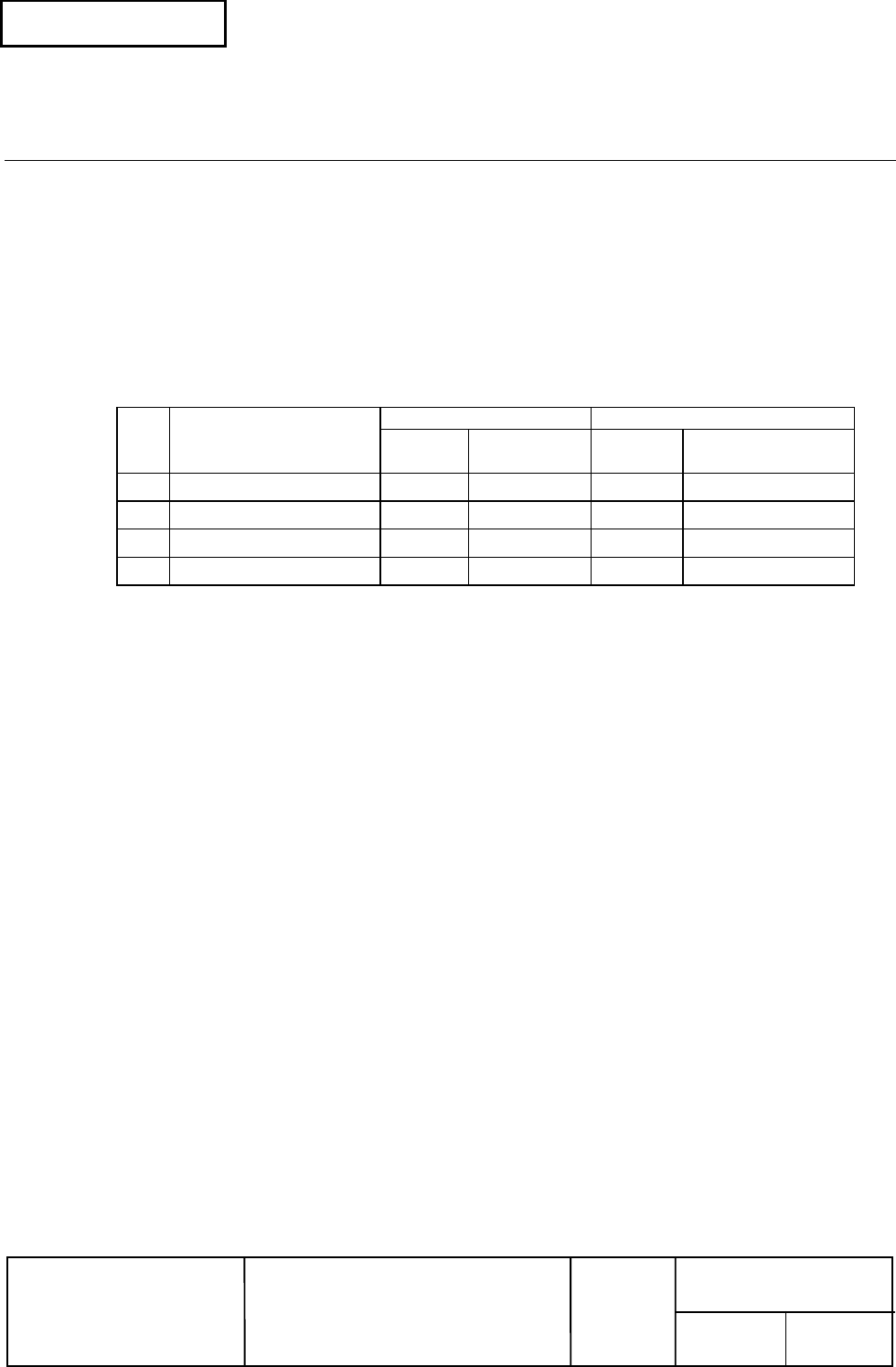
Confidential
EPSON
TITLE
SHEET
REVISION
NO.
SHEETNEXT
84 83
TM-T88III series
Specification
(STANDARD)
B
ESC ∗
∗∗
∗ m nL nH d1...dk
[Name] Select bit-image mode
[Format] ASCII ESC
∗ m nL nH d1...dk
Hex 1B 2A
m nL nH d1...dk
Decimal 27 42
m nL nH d1...dk
[Range]
m = 0, 1, 32, 33
0
≤ nL ≤ 255
0
≤ nH ≤ 3
0
≤ d ≤ 255
[Description] Selects a bit-image mode using
m for the number of dots specified by nL and nH, as follows:
Vertical Direction Horizontal Direction
m
Mode
Number of
Dots
Dot Density Dot
Density
Number of Data
(K)
0 8-dot single-density 8 60 dpi 90 dpi
nL + nH × 256
1 8-dot double-density 8 60 dpi 180 dpi
nL + nH × 256
32 24-dot single-density 24 180 dpi 90 dpi
(
nL + nH × 256) ×3
33 24-dot double-density 24 180 dpi 180 dpi
(
nL + nH × 256) ×3
[dpi: dots per 25.4 mm {1"}]
[Details]
• If the values of m is out of the specified range, nL and data following are processed as normal
data.
• The nL and nH indicate the number of dots of the bit image in the horizontal direction. The
number of dots is calculated by
nL + nH × 256.
• If the bit-image data input exceeds the number of dots to be printed on a line, the excess data
is ignored.
• d indicates the bit-image data. Set a corresponding bit to 1 to print a dot or to 0 to not print a
dot.
• If the width of the printing area set by GS L and GS W less than the width required by the
data sent with the
ESC ∗
∗∗
∗ command, the following will be performed on the line in question
(but the printing cannot exceed the maximum printable area):
① The width of the printing area is extended to the right to accommodate the amount of
data.
② If step ① does not provide sufficient width for the data, the left margin is reduced to
accommodate the data.


















